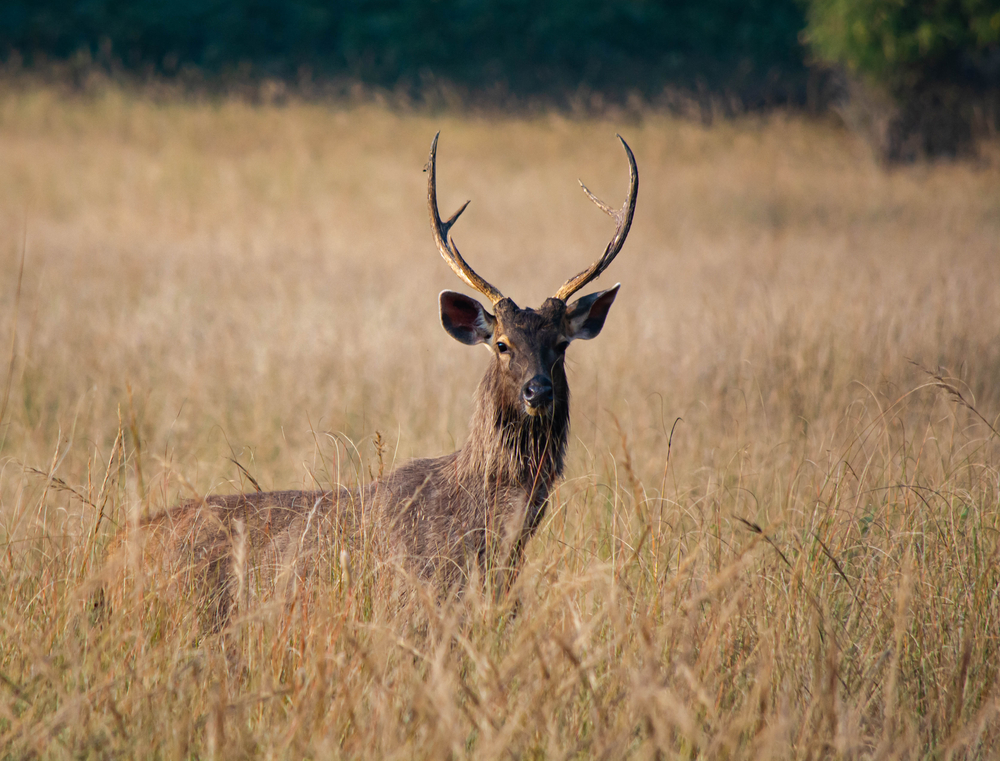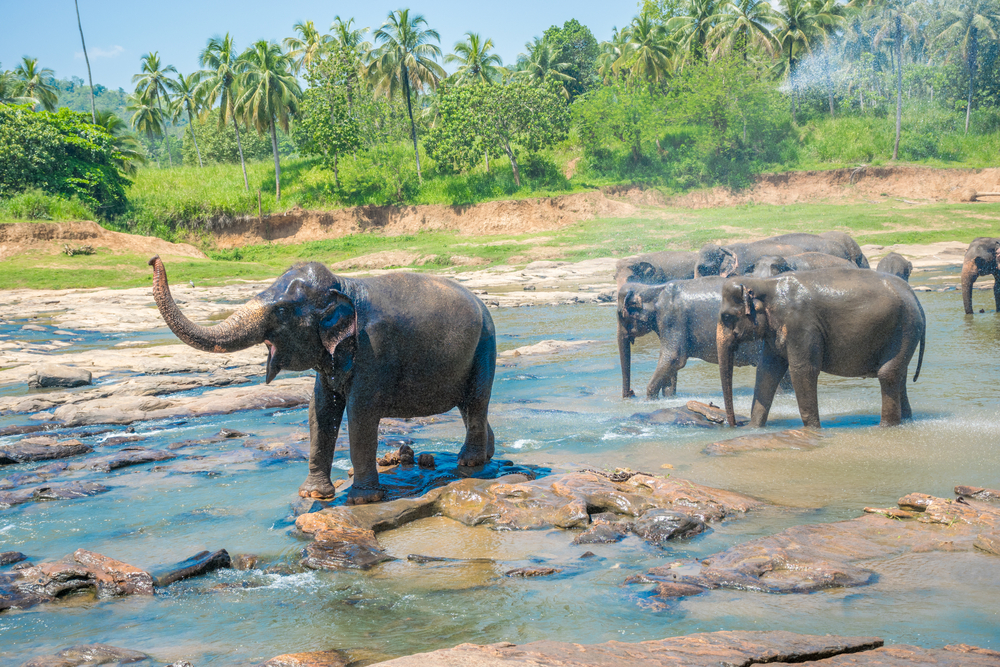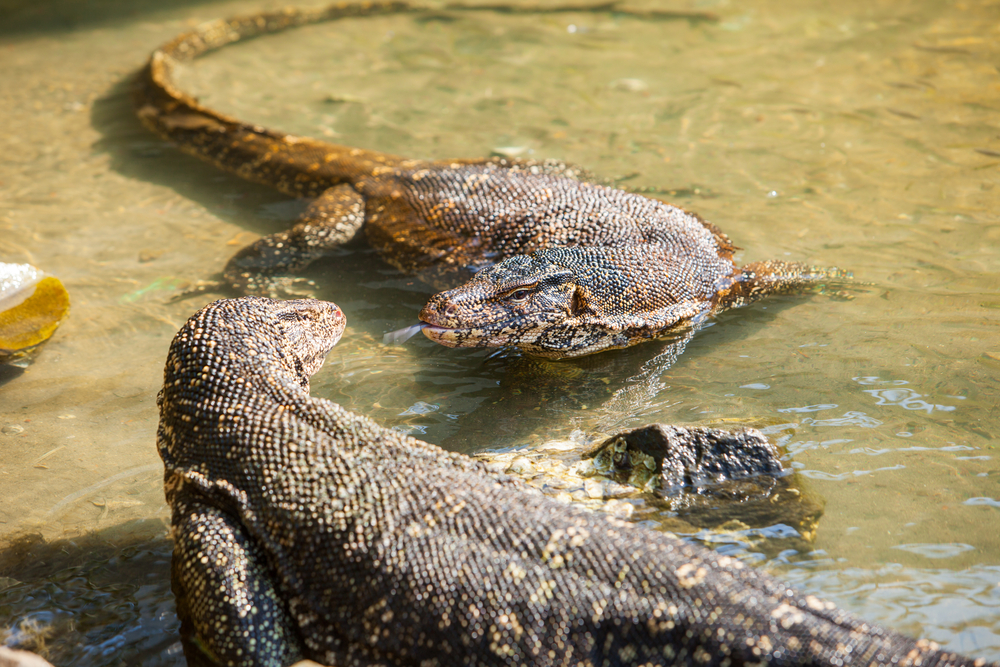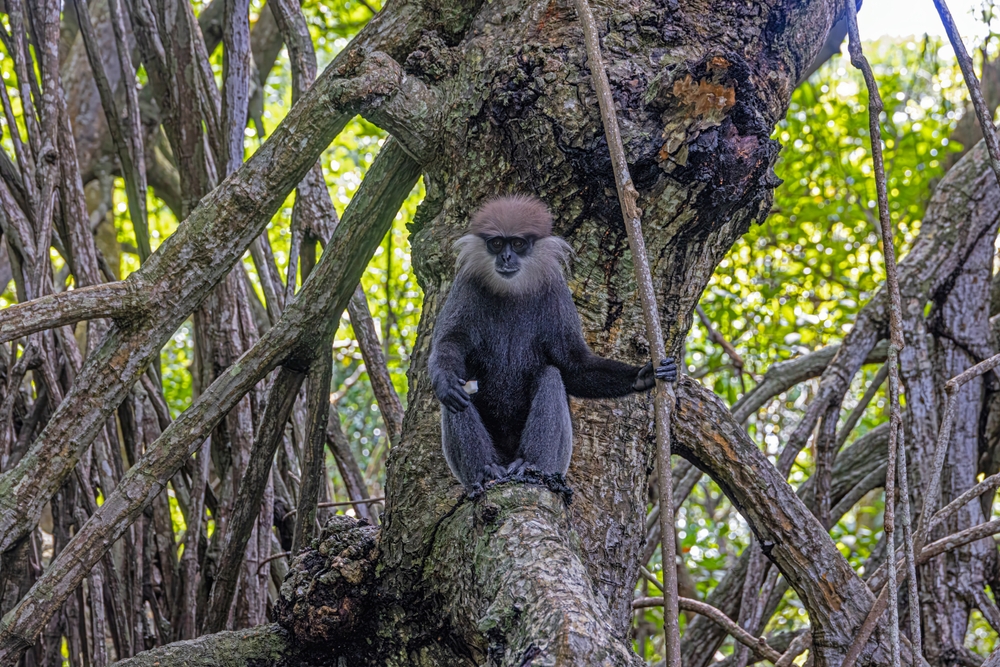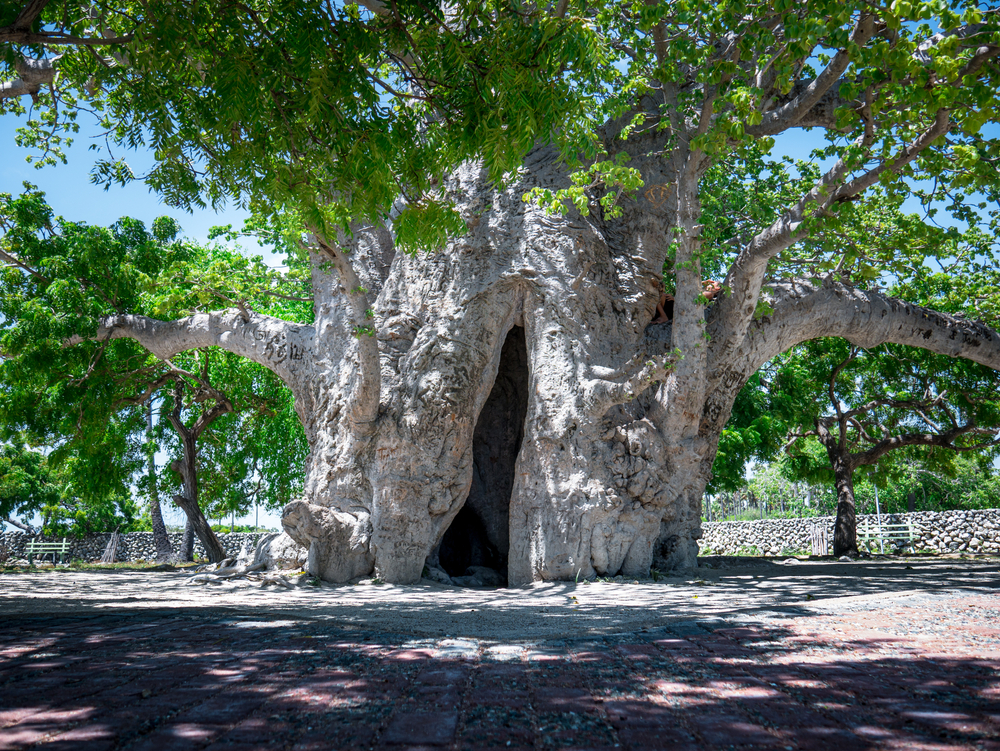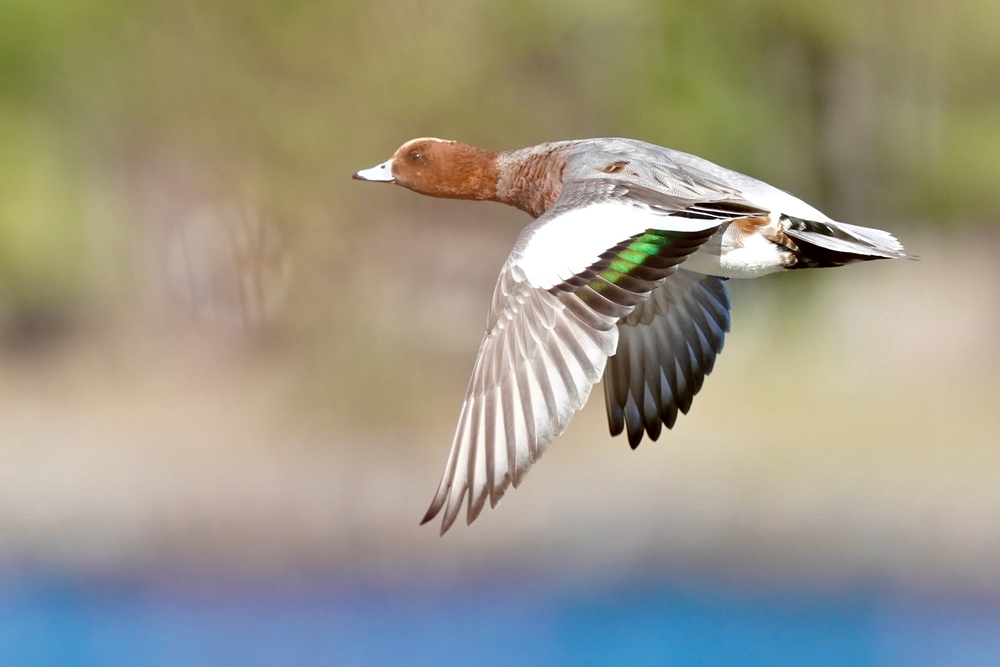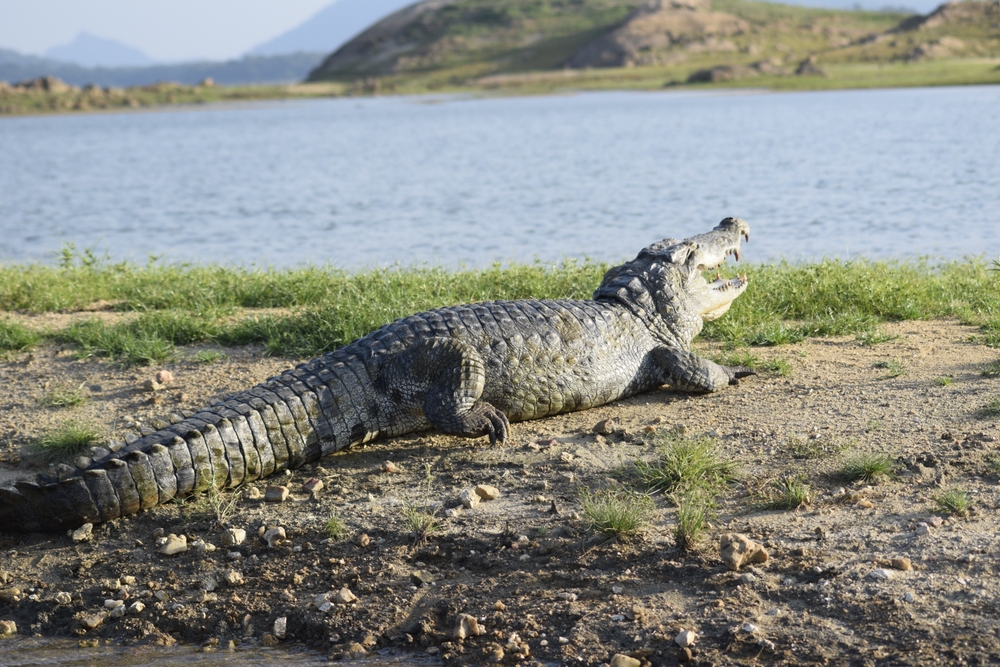Horowpathana Overview
Horowpathana National Park, located in the North Central Province of Sri Lanka, is a lesser-known but remarkable wildlife haven. Spanning approximately 90 square miles (233 square kilometers), this park is a unique conservation area celebrated for its rich biodiversity and tranquil landscapes. The name “Horowpathana” is derived from the local Sinhala language, symbolizing its deep connection to the region’s cultural and ecological heritage. Nestled near the town of Horowpathana, the park provides a sanctuary for various species and an escape for visitors seeking the serene beauty of Sri Lanka’s natural treasures.
The terrain of Horowpathana National Park is predominantly dry zone forest interspersed with patches of open grasslands and scrublands, creating a mosaic of habitats. The park’s landscape is dotted with small waterholes and seasonal streams that provide a lifeline to its inhabitants. These features are especially critical during the dry season when water becomes scarce. While the park lacks towering peaks or dramatic waterfalls, its gently undulating plains and scattered rocky outcrops create a subtle yet captivating landscape. Vegetation is characterized by species such as neem, palu (Manilkara hexandra), and satinwood, along with dense thickets of bamboo in certain areas.
Horowpathana National Park is particularly renowned for its efforts in elephant conservation. Sri Lankan elephants, a subspecies of the Asian elephant, are a central focus of the park’s ecological management. Visitors often encounter these majestic creatures during safaris, as they roam in herds across the grasslands and gather around waterholes. The park is also home to other mammals, including leopards, sloth bears, spotted deer, and sambar deer, making it a key destination for wildlife enthusiasts.
Birdlife is equally impressive, with species such as painted storks, Asian openbill storks, black-headed ibis, and various kingfishers adding vibrant splashes of color to the landscape. Raptors like crested serpent eagles and Brahminy kites can be seen soaring above the canopy.
Visitors to Horowpathana National Park can explore its natural wonders through guided jeep safaris, which provide an excellent opportunity to observe wildlife in their natural habitats. Nature walks and bird-watching excursions are other popular activities, allowing visitors to immerse themselves in the park’s tranquil environment. The park’s serene setting and lack of large tourist crowds offer a more intimate experience compared to other popular Sri Lankan parks.
Conservation efforts in Horowpathana focus on mitigating human-elephant conflicts, as the park is located near agricultural communities. Electric fencing and community education programs have been successful in reducing these conflicts while promoting coexistence. Additionally, the park has been a model for sustainable tourism by encouraging eco-friendly practices and minimizing environmental impact. However, challenges such as illegal poaching and habitat degradation remain ongoing concerns for park authorities.
Horowpathana National Park is a testament to Sri Lanka’s dedication to preserving its natural heritage while providing visitors with a unique and peaceful encounter with wildlife. Its blend of diverse ecosystems, iconic species, and conservation efforts make it a hidden gem worth exploring.








































































